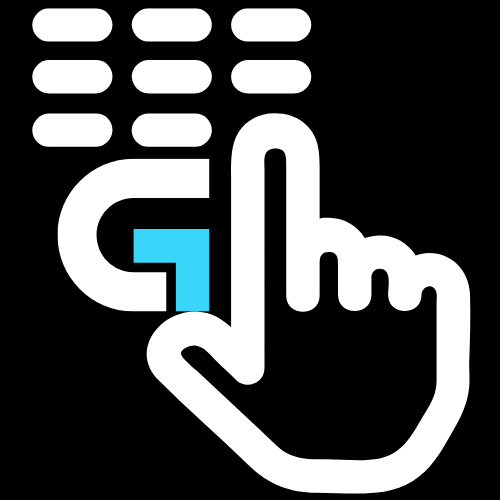In today’s digital era, user experience (UX) has become critical to successful tech design. UX encompasses the overall satisfaction and ease of use that users experience while interacting with a product, system, or service. Whether it’s a website, mobile application, or software interface, prioritizing UX is essential for creating meaningful and engaging experiences that resonate with users.
Enhancing User Satisfaction
One of the primary objectives of UX design is to enhance user satisfaction. By understanding the target audience’s needs, goals, and pain points, designers can create intuitive and seamless experiences that fulfill users’ expectations. A well-designed UX can eliminate frustrations, streamline processes, and ensure users can achieve their desired outcomes efficiently. When users feel satisfied and empowered by a product, they are more likely to engage with it, recommend it to others, and become loyal advocates for the brand.
Driving Business Success
Investing in UX design can yield significant business benefits. A positive user experience increases customer retention rates, reduces churn, and boosts customer loyalty. Satisfied users are likelier to become repeat customers and contribute to long-term revenue growth. Moreover, an exceptional UX can differentiate a product or service from competitors, giving businesses a competitive edge. By prioritizing UX, companies can build substantial brand equity, enhance customer trust, and foster a positive reputation, contributing to business success.
Improving Usability and Accessibility
A crucial aspect of UX design is improving usability and accessibility. A user-friendly interface that is easy to navigate and understand enables users to complete tasks efficiently and effectively. Intuitive design choices, such as clear navigation menus, consistent visual cues, and well-organized content, can significantly enhance the usability of a product. Additionally, by incorporating accessibility features, such as alternative text for images, keyboard navigation options, and color contrast considerations, designers can ensure that their products are inclusive and usable by a wide range of users, including those with disabilities.
Increasing User Engagement
User engagement is a vital metric for evaluating the success of a tech product. A well-designed UX can captivate and engage users, encouraging them to interact more with the product. By creating compelling and interactive experiences, designers can foster a sense of enjoyment and immersion, keeping users engaged and returning for more. Engaged users are more likely to explore additional features, provide valuable feedback, and become active participants in the growth and evolution of the product.
Gaining User Insights
UX design involves continuous user research, testing, and iteration. By actively involving users in the design process, designers gain valuable insights into user preferences, behaviors, and pain points. User feedback and data-driven analysis help identify areas for improvement, guide design decisions, and ensure that the final product aligns with user needs. Iterative design based on user feedback enables designers to create solutions that resonate with users and deliver value.
Building Trust and Credibility
In an era of privacy concerns and data breaches, user trust is more critical than ever. A well-designed UX that prioritizes data security, transparency, and ethical practices can build trust and credibility with users. By implementing clear and concise privacy policies, secure authentication methods, and user-friendly account management options, designers can demonstrate their commitment to protecting user information. When users trust a product, they are likelier to engage with it, share personal data, and feel confident in the brand.
User experience (UX) is pivotal in tech design, shaping how users interact with products, systems, and services. Businesses can drive success, enhance customer loyalty, and differentiate themselves by focusing on user satisfaction.

